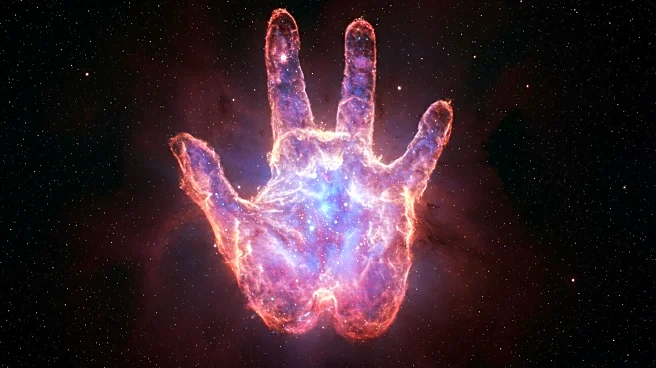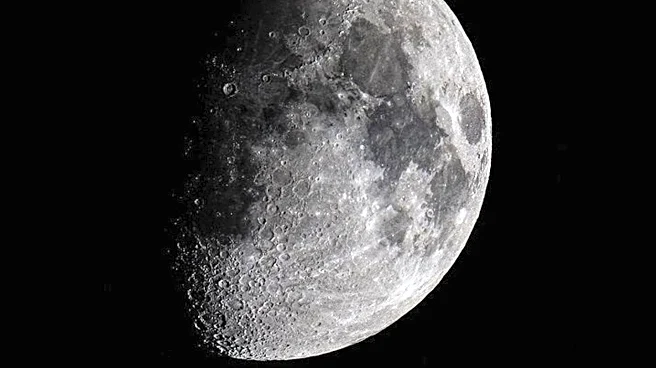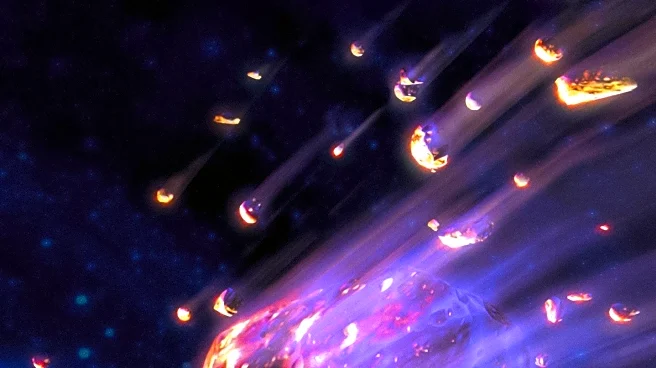What is the story about?
What's Happening?
John Sandusky, a scientist at Sandia National Laboratories, has proposed a novel use for solar panels at night, aiming to transform them into tools for detecting asteroids. Traditionally, solar farms are inactive at night, but Sandusky's approach leverages heliostats—mirrors that track the sun during the day—to focus starlight at night. This method involves using photodiodes on the heliostats to detect faint light from celestial objects, potentially identifying asteroids. The concept is currently being tested at the Sandia National Solar Thermal Test Facility in Albuquerque, where Sandusky has successfully observed stars using this technique. The next phase involves scaling the solution to multiple heliostats, with the potential to expand to larger facilities like the Ivanpah power plant, which houses 175,500 heliostats.
Why It's Important?
This innovative use of solar panels could significantly enhance global efforts to monitor and detect asteroids, a critical aspect of planetary defense. By repurposing existing solar infrastructure, the approach offers a cost-effective method to expand astronomical observation capabilities without the need for entirely new facilities. If successful, this could lead to a network of solar farms worldwide contributing to asteroid detection, providing early warnings of potential threats. The initiative also highlights the versatility of renewable energy technologies, potentially increasing their value and utility beyond energy generation. However, the project faces challenges, including the need for synchronization across multiple facilities and overcoming bureaucratic hurdles in various countries.
What's Next?
Sandusky plans to continue testing and refining the technology, with a focus on scaling the solution to more heliostats. The ultimate goal is to synchronize solar farms globally, equipping them with the necessary optical and electronic devices for asteroid detection. This ambitious project will require significant funding and international cooperation to overcome logistical and regulatory challenges. Sandusky remains optimistic about the potential of his idea and is actively working to raise awareness and support for its implementation.
AI Generated Content
Do you find this article useful?












